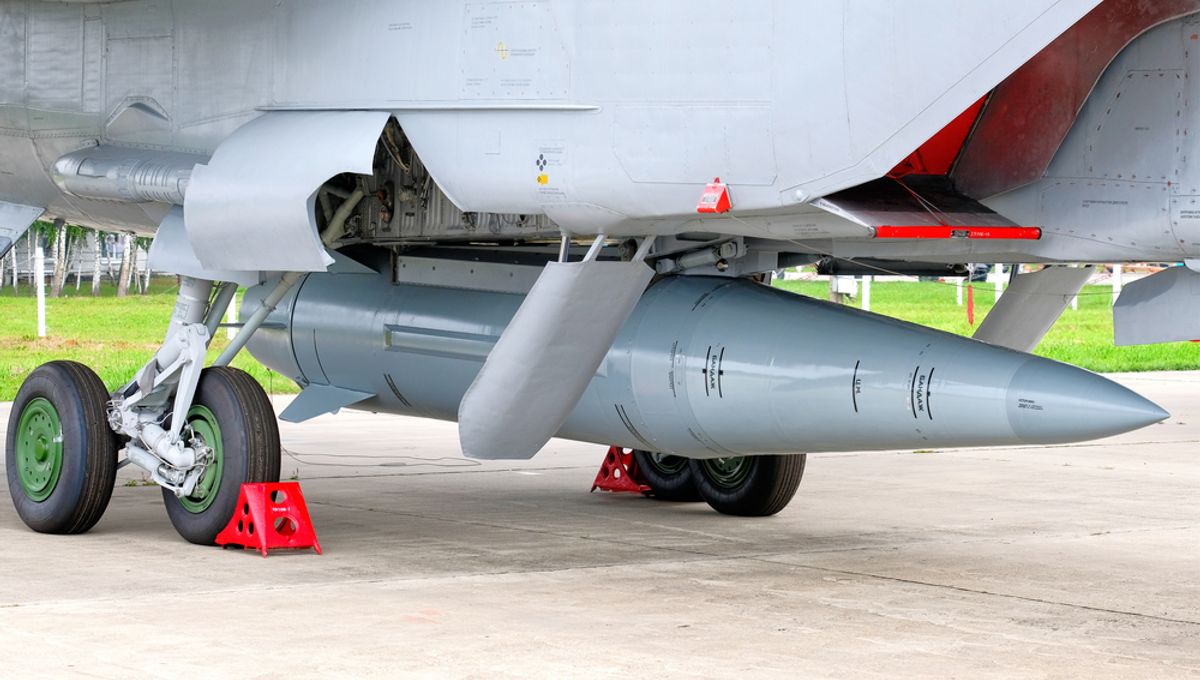
Chinese researchers claim to have significantly boosted the efficiency of boron air-breathing engines in a massive breakthrough for hypersonic missiles, according to the state-sponsored South China Morning Post. The new advancements resulted in 79 percent fuel efficiency in ground simulations, giving engines capable of pushing Mach 6 much further range and increasing the viability of the boron scramjet design.
Scramjets work by pushing the vehicle to supersonic speeds and then using those speeds to compress incoming air before combustion, with this design using a boron powder as fuel to mix with the air. However, while supersonic air mixing with fuel can produce extreme speeds, it doesn’t make for particularly high efficiency and the high speeds pose a significant challenge in getting the air mixed, ignited, and burned within milliseconds.
The new technology is proposed by Ma Likun, an associate professor at the National University of Defence Technology in Changsha, and their team of military researchers and uses extra nozzles in the engine to slow the flow of air down to subsonic speeds before combustion, allowing more time for the fuel mixing to take place and improving efficiency. The benefit of the new design is that once in flight, the engine was able to switch modes to the more efficient option, granting significantly improved range.
“A solid scramjet engine has numerous advantages, such as simple structure, high volume specific impulse, high flame stability and the potential to work in a wide speed range,” write the authors of the paper, which was published in the Journal of Solid Rocket Technology, according to the SCMP.
While the researchers have not been able to test the engine in actual hypersonic flight conditions (which is remarkably hard to do), various metrics support their claims. The temperature within the engine was recorded at 3,000°C (5,432°F), which is around 50 percent higher than a standard scramjet engine, supporting the fact that more fuel was combusting within the chamber.
Once up to speed, the engineers could switch the engine into this ramjet mode (using shockwaves to decelerate the air to subsonic speeds) to cruise, before switching it back to scramjet (air remains supersonic) at will.
The engine was able to maintain this efficiency while traveling at a blistering six times the speed of sound, which, along with the mid-air maneuverability of hypersonic missiles, makes them almost impossible to detect or intercept.
It did not come without weaknesses, however. Hypersonic engines are notoriously delicate, and the constant shockwaves began to damage the nozzles. These posed new engineering challenges and would require consistent upkeep if they were to be reused.
The paper was published in the Journal of Solid Rocket Technology, according to the SCMP.
Source Link: New Hypersonic Missile Engine Could Have Almost Double The Range, Claim Chinese Researchers